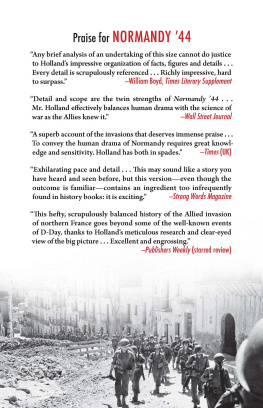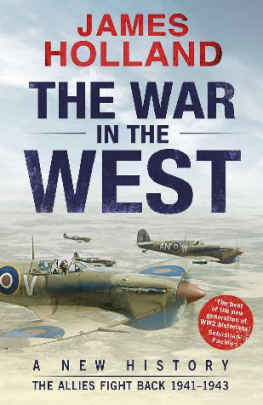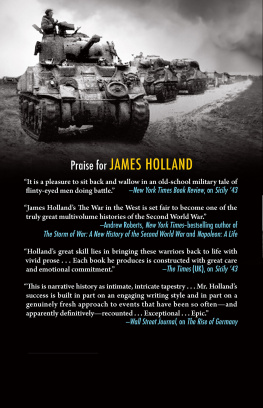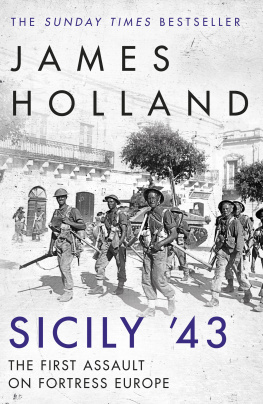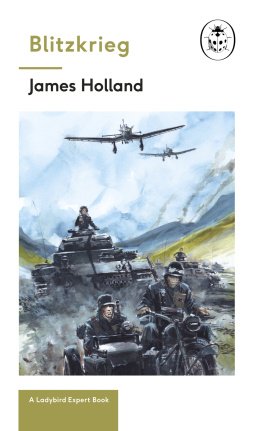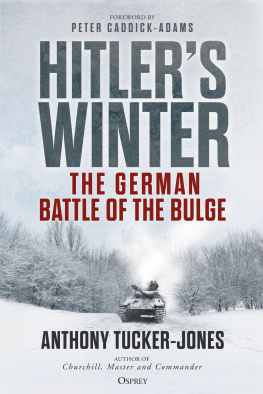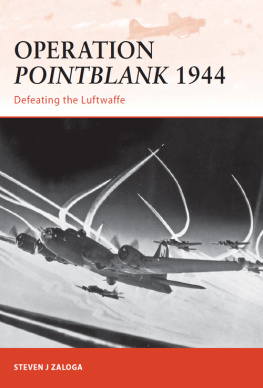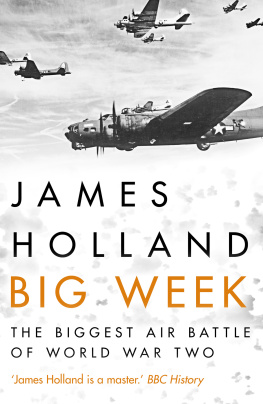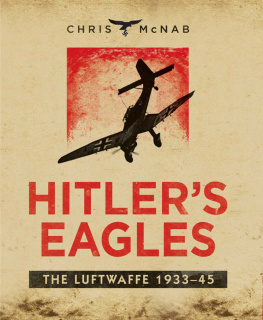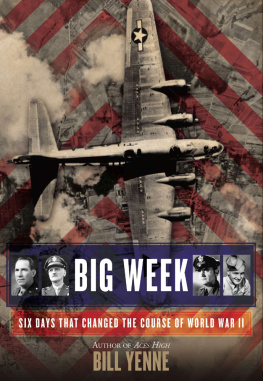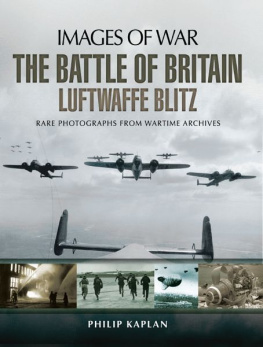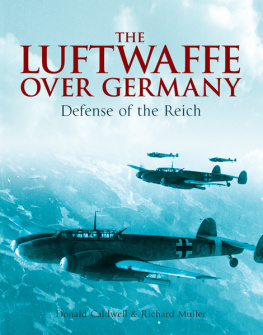About the Book
It was to be the battle to end the air war once and for all
During the third week of February 1944, the combined Allied air forces launched their firstever round-the-clock bomber offensive against Germany. The aim was to smash the main factories and production centres of the Luftwaffe and at the same time draw the German fighter force up into the air and into battle. Officially called Operation ARGUMENT, this monumental air assault very quickly became known simply as Big Week.
In the six months before its launch, the bomber war was not turning out as the Allies had planned. Raids deep into Germany were falling short of their purpose and losses were severe. Air attacks needed clear skies, but the weather was atrocious. With D-Day drawing ever closer, these problems needed to be solved urgently.
Yet the Luftwaffe was also in crisis. Short of resources, fuel and properly trained pilots, the strain on those still flying was immense and the number of casualties catastrophic.
Big Week is the knife-edge story of bomber against flak gun and fighter, but also, crucially, fighter against fighter, as the stakes rose higher and higher. Following the fortunes of pilots and aircrew from both sides, this is a blistering narrative of one of the most critical periods of the entire war, one that culminated in the largest air battle ever witnessed. It is also one that has been largely forgotten, but which has been brilliantly brought back to life by award-winning historian James Holland.
Contents
Big Week
The Biggest Air Battle of World War II
James Holland
For James Petrie
List of Maps and Diagrams
THE AIRCRAFT
ALLIED: BOMBERS
| Boeing B-17G Flying Fortress | Crew: 10 |
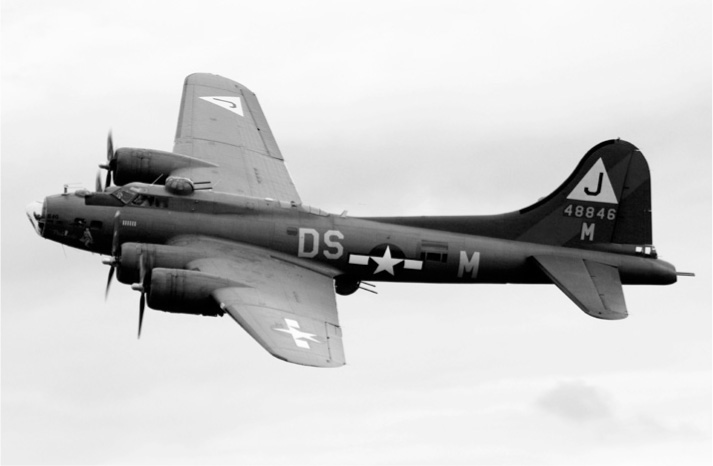
| Engines: 4 x 1,200 h.p. Wright R-1820 |
Wingspan: 103 ft 9 in (31.5 m) |
Length: 74 ft 9 in (23 m) |
Max Speed: 287 m.p.h. (462 km/h) |
Cruising Speed: 180185 m.p.h. (257 km/h) |
Service Ceiling: 35,000 ft (10,668 m) |
Armament: 13 x .50 (13 mm)-calibre machine guns |
Bomb Load: 6,000 lb (2,724 kg) |
| Handley Page Halifax III | Crew: 7 |
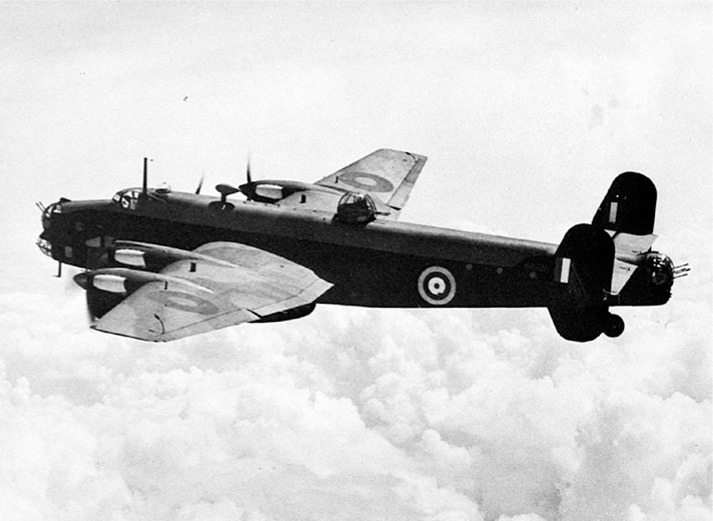
| Engines: 4 x 1,650 h.p. Bristol Hercules XVI radials or Rolls-Royce Merlin XX |
Wingspan: 104 ft 2 in (31 m) |
Length: 71 ft 7 in (22 m) |
Max Speed: 282 m.p.h. (454 km/h) |
Cruising Speed: 220 m.p.h. (354 km/h) |
Service Ceiling: 24,000 ft (7,315 m) |
Armament: 8 x .303 Browning machine guns |
Bomb Load: 13,000 lb (5,897 kg) |
| Avro Lancaster | Crew: 7 |
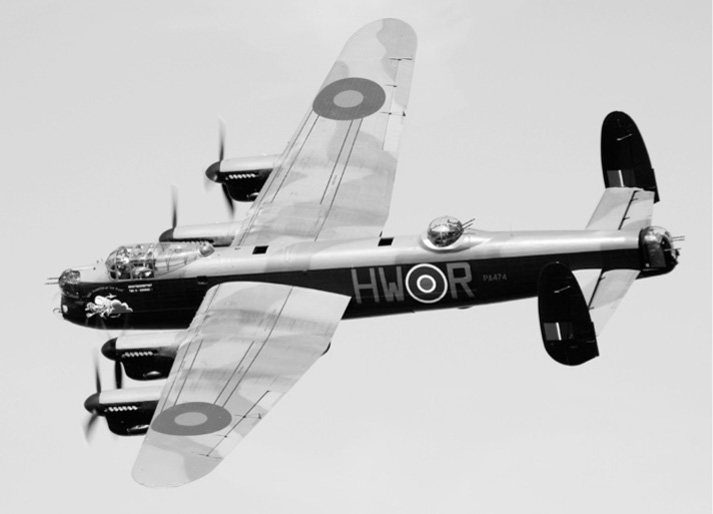
| Engines: 4 x 1,460 h.p. Rolls-Royce Merlin |
Wingspan: 102 ft (31 m) |
Length: 69 ft 4 in (21 m) |
Max Speed: 287 m.p.h. (462 km/h) |
Cruising Speed: 220 m.p.h. |
Service Ceiling: 24,500 ft |
Armament: 8 x .303 Browning machine guns |
Bomb Load: 14,000 lb (6,350 kg) or 22,000 lb (9,979 kg with modification) |
| Consolidated B-24 Liberator | Crew: 10 |
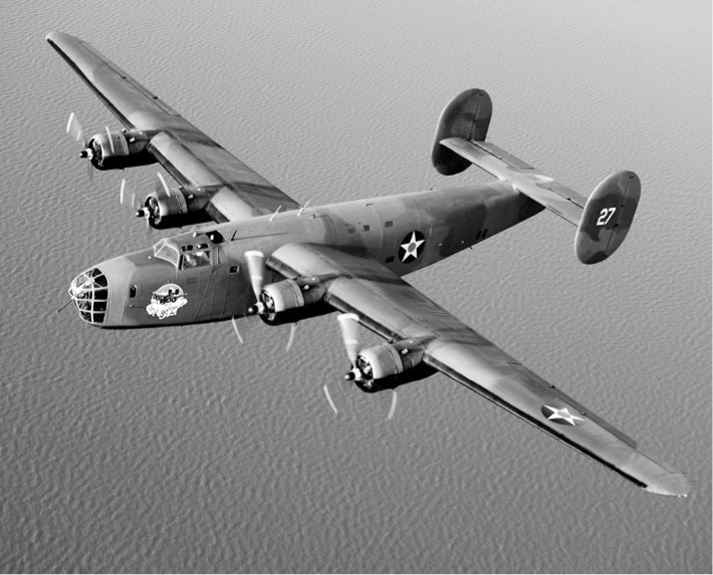
| Engines: 4 x 1,200 h.p. Pratt & Witney R-1830 |
Wingspan: 110 ft (33.5 m) |
Length: 67 ft 2 in (20.4 m) |
Max Speed: 290 m.p.h. (467 km/h) |
Cruising Speed: 215 m.p.h. (346 km/h) |
Service Ceiling: 28,000 ft (8,534 m) |
Armament: 10 x .50 (13 mm)-calibre machine guns |
Bomb Load: 8,000 lb (3,629 kg) |
ALLIED: FIGHTERS
| Lockheed P-38 Lightning | Crew: 1 Pilot |
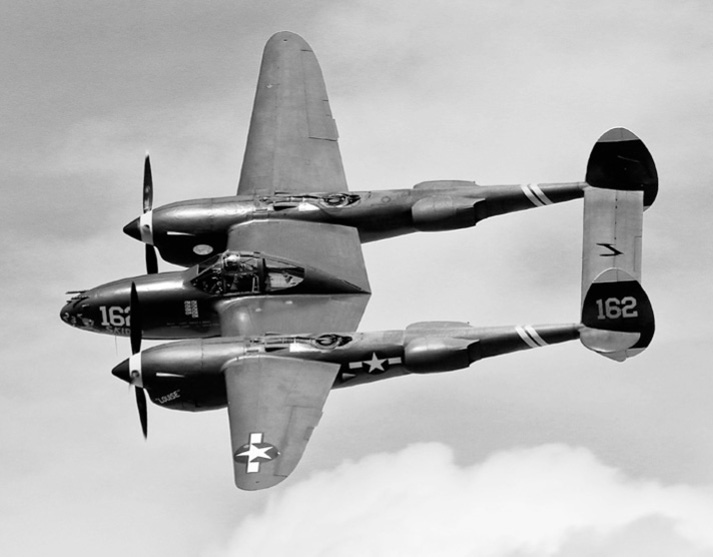
| Engines: 2 x Allison 1,600 h.p. V-1710 |
Wingspan: 52 ft (15.8 m) |
Length: 37 ft 10 in (11.6 m) |
Max Speed: 414 m.p.h. (666 km/h) |
Service Ceiling: 44,000 ft (13,411 m) |
Armament: 1 x Hispano M2 .78 in (20 mm) cannon, 4 x .50 (13 mm)-calibre M2 Browning machine guns, 4 x M10 4.5-in (114 mm) rocket launchers |
| North American P-51B Mustang | Crew: 1 Pilot |
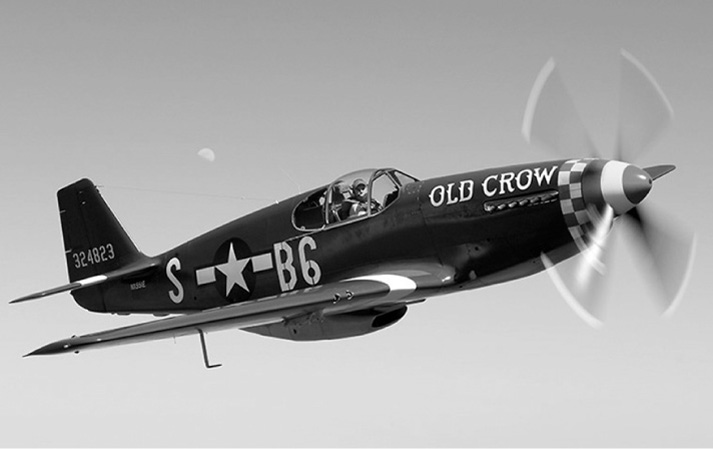
| Engine: Packard Merlin V-1650 (Rolls-Royce Merlin 61 under licence) |
Wingspan: 37 ft 0.5 in (11.3 m) |
Length: 32 ft 2.5 in (9.8 m) |
Max Speed: 440 m.p.h. (708 km/h) |
Service Ceiling: 41,900 ft (12,770 m) |
Armament: 4 x .50 (13 mm)-calibre M2 Browning machine guns |
| Supermarine Spitfire Mk IX | Crew: 1 Pilot |
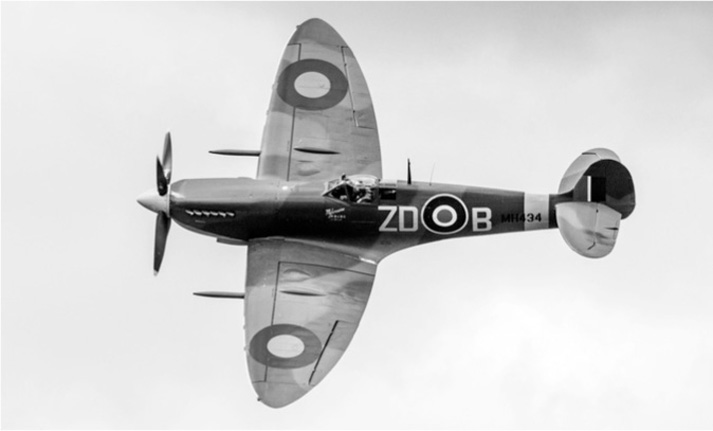
| Engine: Rolls-Royce 1,720 h.p. Merlin 66 |
Wingspan: 32 ft 6 in (9.9 m) |
Length: 31 ft 1 in (9.5 m) |
Max Speed: 408 m.p.h. (657 km/h) |
Service Ceiling: 42,500 ft (12,954 m) |
Armament: 2 x Oerlikon .78 in (20 mm) cannons and 2 x .50 (13 mm) M2 Browning machine guns |
| Republic P-47 Thunderbolt | Crew: 1 Pilot |
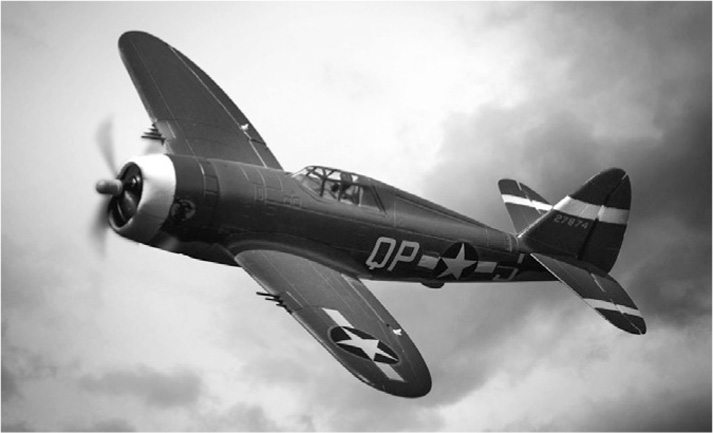
| Engine: Pratt & Witney 2,000 h.p. R-2800 radial |
Wingspan: 40 ft 9 in (12.5 m) |
Length: 36 ft 1 ft (11 m) |
Max Speed: 433 m.p.h. (697 km/h) |


